Up Next

Formula 1’s much-anticipated return to Australia coincides with the debut of the revised Melbourne circuit layout, which could transform the quality of an often-sedate grand prix.
Initially intended to be used in 2021 before the Australian Grand Prix was cancelled for a second successive year, the new Albert Park circuit is faster than its predecessor but has been designed to create better racing.
It is a long-waited update to a tough-to-pass street track that has faced calls to change for many years, especially as cars have got bigger and faster.
Now, twinned with the new generation of F1 cars that follow more easily, the quality of racing in Melbourne could be transformed.
Seven of the previous 16 corners have now been modified, including the track being widened and cambered in several locations, but there are three main changes worth focusing on.

These are all geared towards the same goal, turning the right hander at the end of the long straight that follows the quick left-right Esses into a proper overtaking spot.
Turn 6, the right hander that starts the middle sector, has been widened by 7.5 metres to the drivers’ right to make it much faster.
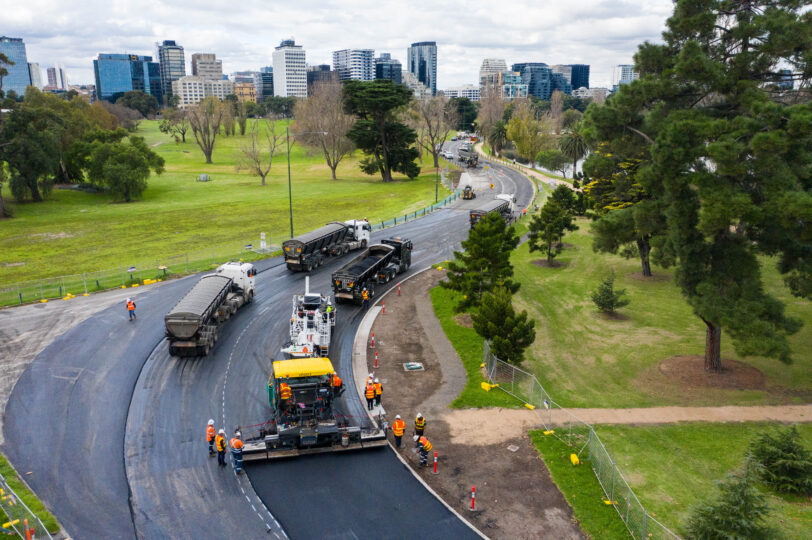
The prediction is this will raise the corner speed from 93mph 136mph, and the corner is a challenge thanks to the combination of the close inside wall and grass on the exit.
Turn 6 now leads onto a longer, flat-out run all the way to the left-right Esses because what used to be the Turn 9/10 right-left has been ditched.
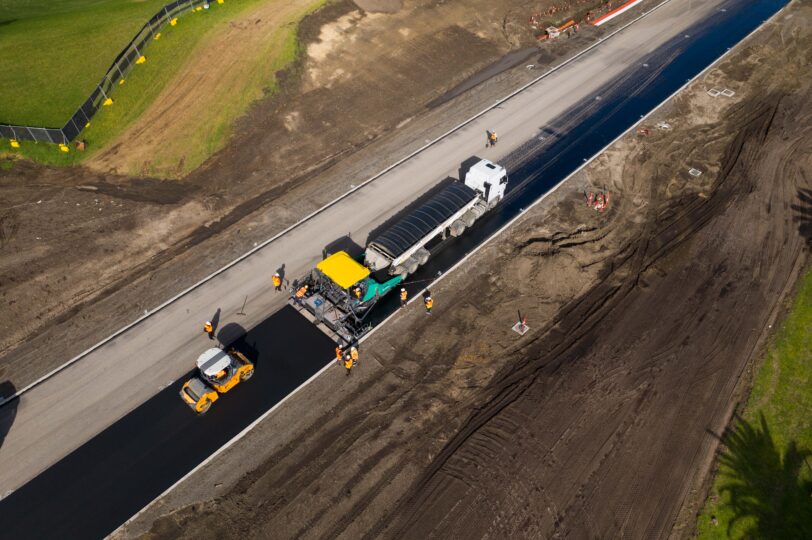
The cars should therefore now follow a bit better through Turn 6 and, with the removal of Turns 9 and 10, use the tow to remain in close proximity by the time of the high-speed Esses.
Staying close to the car ahead through this part will still be difficult, especially with a slightly higher approach speed, but this is offset by the next big change at the reprofiled right-hander at the end of the next straight.
A major reprofiling has slightly extended the straight, made the road wider but tightened the corner angle.
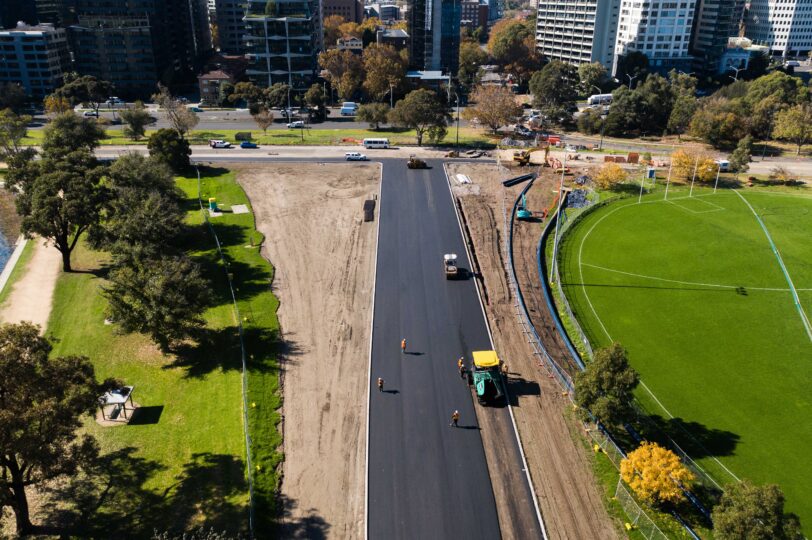
It is now a harder braking zone (and officially is now Turn 11) and it would be a surprise if this does not result in better fighting between drivers.
“Traditionally, the street circuit nature of Melbourne has made for a fantastic technical and physical challenge for the drivers, but also led to difficulty in overtaking,” says Williams head of vehicle performance Dave Robson.
“The revisions to the layout and DRS zones should improve this, potentially making it one of the very best circuits on the Formula 1 calendar.”
That is a big claim, but the new layout is encouraging.
The Race was able to recently sample the revised design through the sim racing world.
The GPVWC suite of championships has a race using the Melbourne circuit, which has been remodelled to reflect the new layout.
While our competitive experience of the new track came in the Formula 3-inspired ‘Formula Sprint 2’ cars, it was nonetheless a marked improvement over last year’s race (which The Race also took part in) on the old layout.
The major changes were obviously the most eye-catching, and the new Turn 11 is an improvement on what came before. In fact, The Race earned a rare victory in the second FS2 race with an around-the-outside pass at this very corner – a move that would have been impossible on the old layout.

But it’s not just the headline changes that nudge Melbourne’s track in the right direction. It’s wider in a few key places such as the first chicane (2.5 metres), Turn 3 (4 metres), and the penultimate corner (3.5 metres).
This achieves a couple of things. The main benefit is it makes it slightly easier for cars to follow. But it also makes it tougher for drivers to defend because the track is wide enough to get alongside.
And while we’re unlikely to see F1 cars suddenly being thrown down the inside, it’s enough of a change to make an impact whenever a car has to go off-line – so should contribute to drivers being able to race for multiple corners, or put more pressure on if someone makes a mistake.
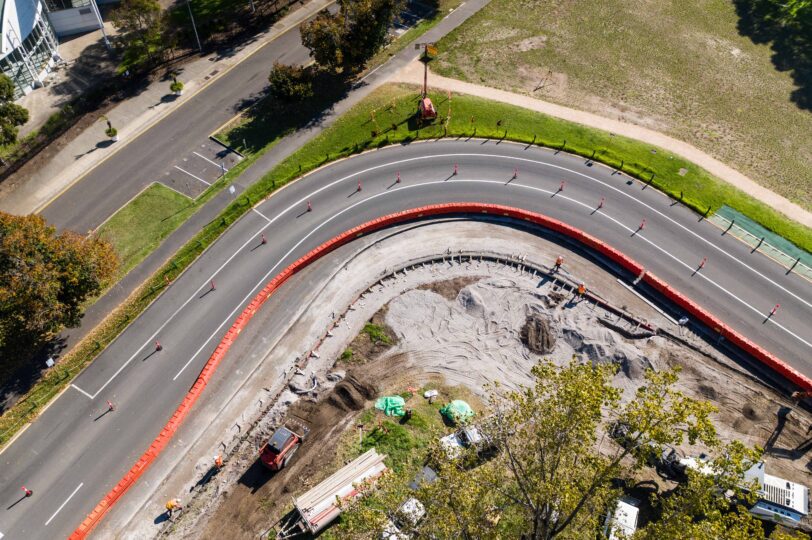
“Lap times will be four to five seconds quicker than they were in the old-spec cars with the old track configuration,” Australian Grand Prix Corporation boss Andrew Westacott said.
“You want to reward aggressive driving and penalise poor driving and we think that the changes we have made are going to achieve this.
“I think it is going to be the most spectacular racing we have seen for decades.”
Finally, there are two other changes that may have an impact this weekend.
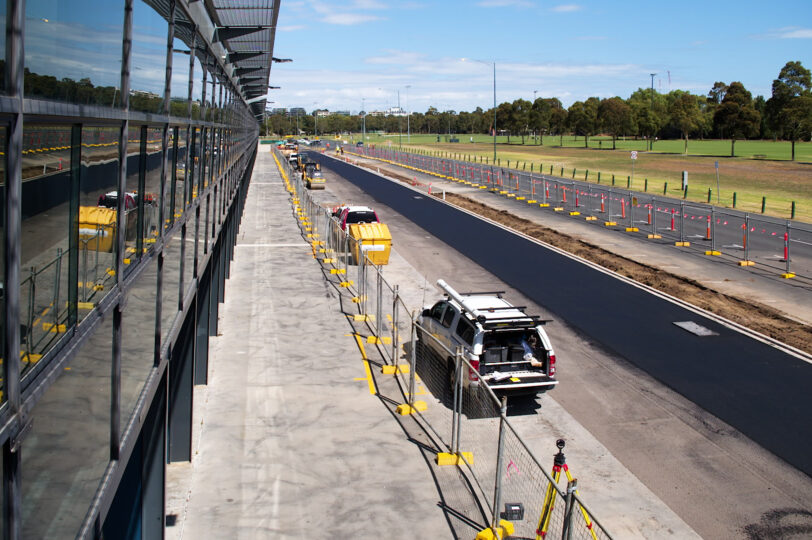
The first is the widening of the pitlane by two metres, which is expected to increase the speed limit from 60km/h to 80km/h. This will reduce the pitlane time loss, potentially impacting strategy choices.
The other is the resurfacing of the track. Pirelli thinks this may have reduced the bumpy nature of the track but will also mean less grip and moderate tyre wear.
A high degree of evolution is expected through the weekend as the new asphalt rubbers in, which adds another variable to how teams manage the new challenge.





